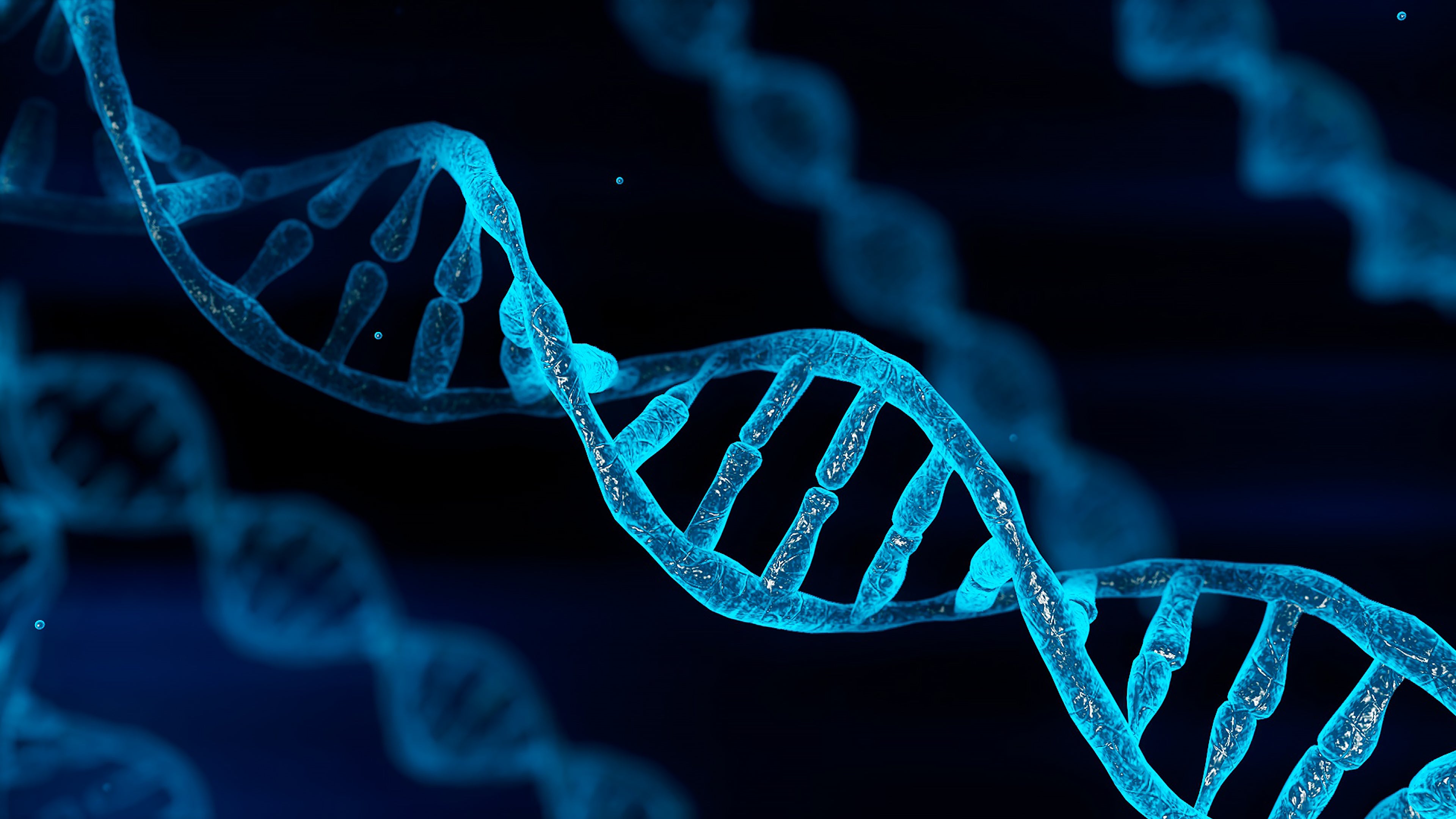Families urge using new DNA tech to ID Pearl Harbor unknowns
HONOLULU — William Edward Mann enlisted in the Navy after graduating high school in rural Washington state. A guitar player, he picked up the ukulele while stationed in Hawaii. Since Dec. 7, 1941, he’s been presumed dead when Japanese planes bombed Pearl Harbor and set off a massive explosion that sank his battleship, the USS Arizona, launching the U.S. into World War II. Now, his niece is among some families of crew members who are demanding the U.S. military take advantage of advances in DNA technology to identify 85 sailors and Marines from Arizona who was buried as unknowns.
They say the military has disinterred and identified remains from other Pearl Harbor battleships and should do the same for their loved ones. “These men matter, and they served. They gave their lives for our country. And they deserve the same honor and respect as any other service member past, present, and future,” Teri Mann Whyatt said. Arizona suffered more loss of life than any other ship at Pearl Harbor, with 1,177 dead. Over 900 went down with the ship and have remained entombed there. As with remains on other sunken ships, the Navy considers those aboard Arizona their final resting place.

The families are not advocating for them to be removed and identified. The issue is what to do with the 85 Arizona unknowns buried in a Hawaii cemetery. It emerged in February when the director of the Defense POW/MIA Accounting Agency, tasked with finding and identifying the remains of U.S. service members from past conflicts, was asked during a Facebook Live meeting when the agency would disinter them. Kelly McKeague said his agency had spoken to the Navy about exhuming the Arizona unknowns and moving them to the ship without identifying them first. McKeague said it didn’t make “pragmatic sense” to place them.
That outraged some families who feared the 85 remains would be placed on the sunken battleship without ever being identified. The agency has since said it doesn’t plan to move the cemetery remains onto the ship. Rear Adm. Darius Banaji, the agency’s deputy director, said that was a possibility discussed informally a few years ago. Banaji also said the agency doesn’t plan to disinter and identify the remains because it lacks sufficient documentation. He said that the military has files on just half of those missing from Arizona. Of those, it has medical records — listing age, height, and other information — for just half. It has dental records for only 130 men. Some documents are believed to have been destroyed by the battleship. Others may have been lost in a 1973 military personnel records office fire. And the military only has DNA samples from relatives of just 1% of the missing.
Arizona crew members. The agency, which aims to find over 80,000 service members missing from World War II, has successfully identified unknowns from the USS Oklahoma, another battleship that capsized during the Pearl Harbor bombing. McKeague told The Associated Press that identifications not being pragmatic referred to the lack of documentation, not the cost. “We must equitably apply our limited resources to all families and do so as efficiently and effectively as possible,” he said.




